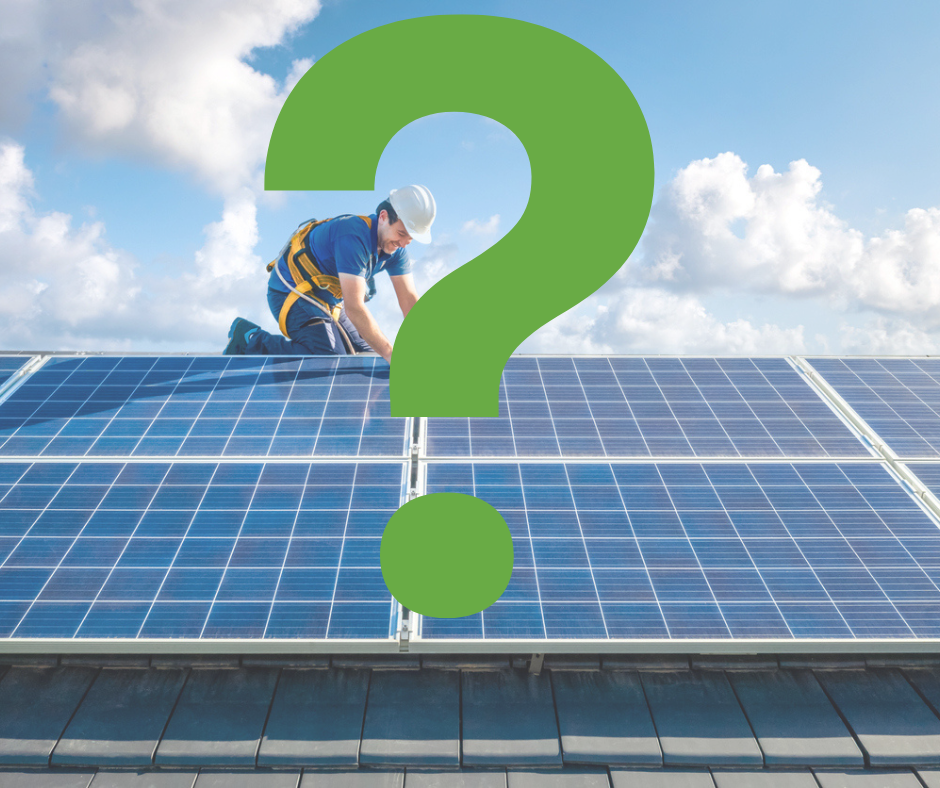RENEWABLE ENERGY IS SMART
SUSTAINABLE & COST EFFECTIVE
have already switched to Verde Energy, USA.

RENEWABLE ENERGY IS SMART
SUSTAINABLE & COST EFFECTIVE

Environmentally Friendly
AND Customer Friendly
MAKING THE SUSTAINABLE DECISION
 Join other wise consumers who have selected Verde Energy as their supplier. We are proud to offer 100% renewable electricity and carbon-neutral natural gas plans. Make real changes in your everyday cost of living and your impact on the environment, starting with your energy bill. Renewable energy is a smart and sustainable decision that makes sense.
Join other wise consumers who have selected Verde Energy as their supplier. We are proud to offer 100% renewable electricity and carbon-neutral natural gas plans. Make real changes in your everyday cost of living and your impact on the environment, starting with your energy bill. Renewable energy is a smart and sustainable decision that makes sense.
Simply put, the right choice for you and the environment, and with special promotions on select plans, makes sense for your wallet too!
FIND THE RIGHT PLAN
When you enter your ZIP code, you will see the available plans and rates in your area.

- 100% renewable energy
- No Switch Fee
- 12-month Fixed Rate
- No Deposit
- Earn up to $100 gift card

SERVICES WE OFFER

ELECTRICITY
Our renewable electricity products are clean, eco-friendly and conveniently bundled with excellent customer service.

NATURAL GAS
You have the option to choose. Choose Verde Energy as your natural gas provider. We provide natural gas at a low price.
CHECK OUT OUR LATEST BLOGS

Will 2024 be the Year of Solar Energy?
The Energy Information Administration (EIA) is projecting that 2024 will be the year that solar energy generation exceeds hydropower. And not by a little but by a significant amount. The

Creating a Domestic Energy Strategy That Works for Today
Energy is an interesting industry because it impacts daily life for every American, yet little is known about the infrastructure and how everything works together. There’s a reason for this

Introducing the New and Improved Verde Energy Website
Have you visited the Verde Energy website lately? If so, you’ve probably noticed that things look a lot different. We’ve done a complete revision of our website that we think


